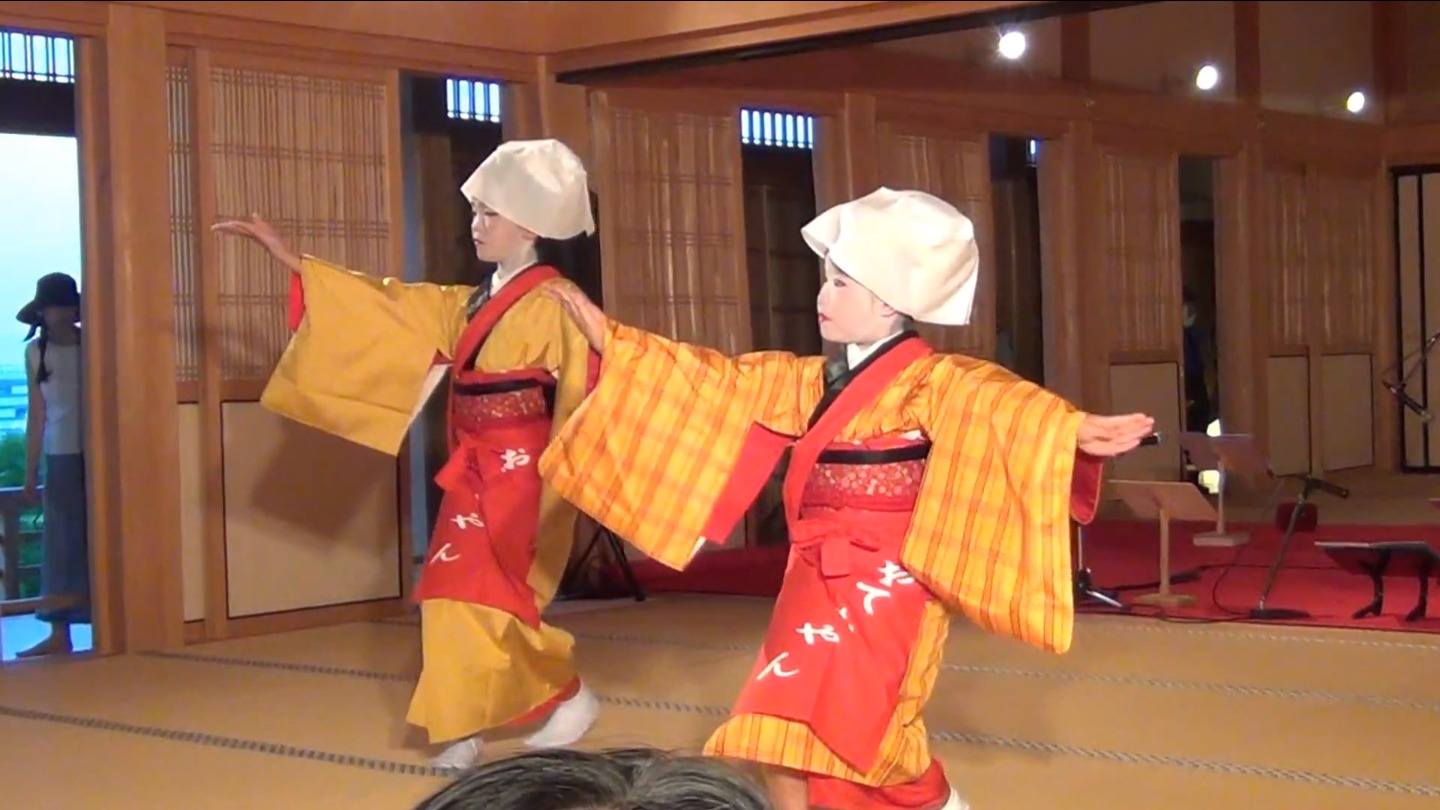Perform a traditional dance
Learn and practice a simple traditional dance from your culture, following step patterns, rhythm clapping, basic costumes, and perform it for family or class.



Step-by-step guide to perform a traditional dance from your culture
COMMON DANCE TERMS IN FOLK DANCE (15 steps)
Step 1
Ask an adult or family member to show you a simple traditional dance move or play a short music clip from your culture.
Step 2
Clear a safe open space so you have room to move without bumping anything.
Step 3
Put on comfortable shoes so your feet can move easily and safely.
Step 4
Warm up your body with gentle stretches for 1 to 2 minutes to get ready to dance.
Step 5
Watch the dance step pattern once so you can see the order of the moves.
Step 6
Practice the basic step pattern slowly for one minute until you can do it without thinking too hard.
Step 7
Practice clapping the rhythm on its own until you can keep a steady beat.
Step 8
Combine the basic steps with the clapping so your steps match the rhythm.
Step 9
Put on one simple costume piece like a scarf hat or sash and make sure it feels comfortable.
Step 10
Practice the full dance with the music three times at performance speed.
Step 11
Perform your dance for your family or class so they can watch you show what you learned.
Step 12
Share your finished dance performance on DIY.org
Final steps
You're almost there! Complete all the steps, bring your creation to life, post it, and conquer the challenge!


Help!?
What can we use instead of an adult or family member and a music clip if those are not available?
If no adult or family member is available to show the move or you don't have a music clip, substitute by watching a short traditional dance video on a phone or tablet and use a non-slip sock or soft shoe in place of regular comfortable shoes.
What should we do if we can't keep a steady beat when clapping or our steps won't match the rhythm?
If your clapping or steps are off, mark foot positions in the cleared safe open space with tape, slow the basic step pattern during the one-minute practice while counting aloud, and clap along to a metronome app or the music clip until the steps match the rhythm.
How can we adapt the activity for different ages or skill levels?
For younger children shorten the warm-up to about 30 seconds and reduce the basic step practice to 20–30 seconds with simpler moves, while older children can extend practice times, add more complex steps, and run the full dance more than three times at performance speed.
How can we extend or personalize the dance activity once we can perform it?
To enhance the activity personalize the simple costume piece by decorating the scarf or sash, add a small percussion instrument when combining steps and clapping, and record the three performance-speed run-throughs to edit and share the final performance on DIY.org or perform for family.
Watch videos on how to perform a traditional dance from your culture
Godasaramba 1 to 6 - Learn Kandyan Dance - Step By Step ( Demonstrated in English)
Facts about traditional dance and cultural heritage
💃 Folk dances are found on every continent and are often tied to festivals, seasons, and community life.
🥁 Simple rhythm clapping or drumming is used in many dances to keep everyone together and mark the beat.
🎵 Teachers often break dances into musical phrases (commonly 8 or 16 beats) to make learning steps easier.
👗 Traditional dance costumes can signal a dancer's region, age, or role — colors and patterns often have meaning.
🌍 UNESCO recognizes and protects many traditional dances as important parts of intangible cultural heritage.
How do I teach my child a simple traditional dance from our culture?
What materials do I need to teach a traditional dance to a child?
What ages is learning a simple traditional dance suitable for?
What are the benefits of teaching traditional dance to children?


One subscription, many ways to play and learn.
Only $6.99 after trial. No credit card required



